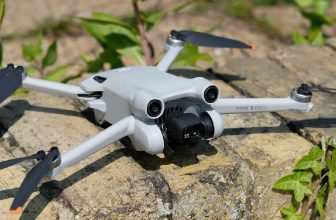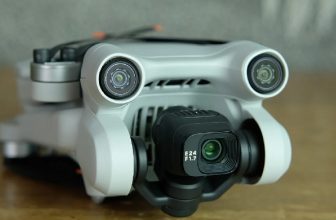How to Calibrate a Drone
Drone calibration is adjusting and setting up your drone so it can fly safely and accurately. This process is essential for ensuring that your drone’s navigation system runs smoothly and accurately, allowing you to have an enjoyable flight experience. So keep reading to learn more about how to calibrate a drone.
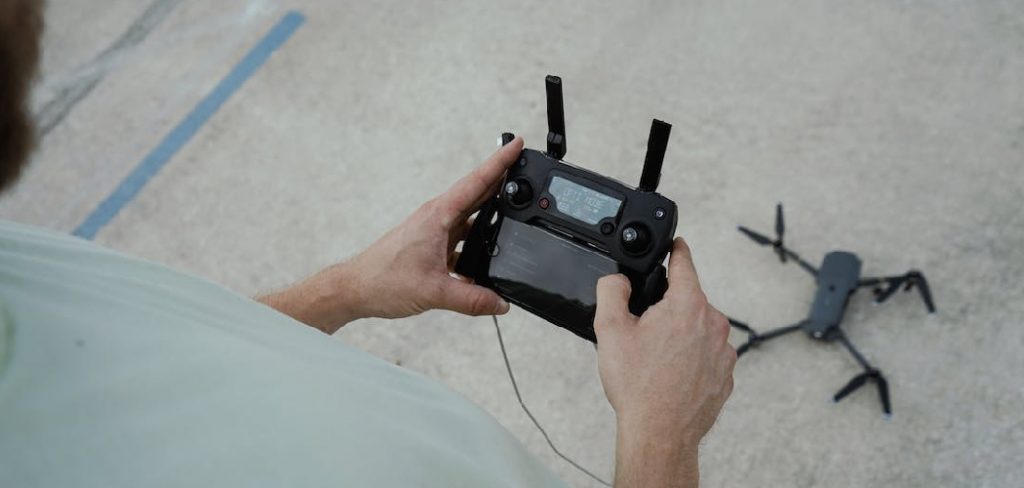
Can You Calibrate a Drone?
Many people have asked if it is possible to calibrate a drone, and the answer is yes. However, to calibrate your drone, you must first download a specialized app from either the Apple Store or Google Play. With that app, you can properly adjust various components of your drone, such as its speed and altitude parameters.
Once adjusted, you must then recalibrate the aircraft to ensure all measurements are precise and accurate. You should always be careful with any calibration process, as making changes can drastically affect how well your drone performs.
Make sure to consult your specific drone’s manual when calibrating it, as some models require additional steps to calibrate their supported functions successfully.
Why Should You Calibrate a Drone?
Calibrating a drone is an important part of keeping it in top shape. Beyond regular maintenance, calibrating the sensors and camera of the drone will help ensure that it remains accurate and precise when flying. Over time, even high-quality drones can become slightly misaligned, making them slower or less responsive than usual.
Calibration helps keep everything functioning normally, ensuring that you get the best performance out of your drone every time you fly. It may sound like extra work, but regular calibration is well worth the effort to maintain a safe and enjoyable flying experience with your drone!
7 Tips to Follow on How to Calibrate a Drone
1. Understanding Drone Calibration Basics
Before you can begin calibrating your drone, it’s important to understand the basics of this process. Calibrating a drone involves setting up the various sensors on the drone, such as its gyroscope, accelerometer, barometer, compass, and GPS sensors.
Each component must be calibrated for the drone to fly properly during the setup process. Once all of these components are calibrated, they will work together harmoniously to provide accurate navigation data for your drone.

2. Check the Motors and Propellers
The next step is to check the motors and propellers on your drone to ensure that they are functioning properly. Ensure all the motors are running at their optimal speed, and verify that the propellers are spinning in the right direction. This is important because the calibration process may fail if these components do not function correctly.
3. Initialize and Calibrate the Gyroscope
The gyroscope is one of the most important components of a drone and must be calibrated properly for it to fly accurately. To do this, you need to power on your drone and place it on a flat surface. Then, press the appropriate button on the remote to initialize and calibrate the gyroscope.
4. Calibrate the Compass
The compass is used for navigation purposes, so it needs to be accurately calibrated as well. To achieve this, you must spin your drone 360 degrees in a horizontal plane while pointing its front toward the north. This ensures that the compass registers north correctly and provides accurate navigation data.
5. Calibrate the Accelerometer
The accelerometer measures how fast your drone moves in all directions, so it must be calibrated properly for optimal performance. For this, you need to place the drone on a flat surface and press the appropriate button on the remote. This activates a self-calibration routine, which takes data from how the drone moves and calibrates it accordingly.
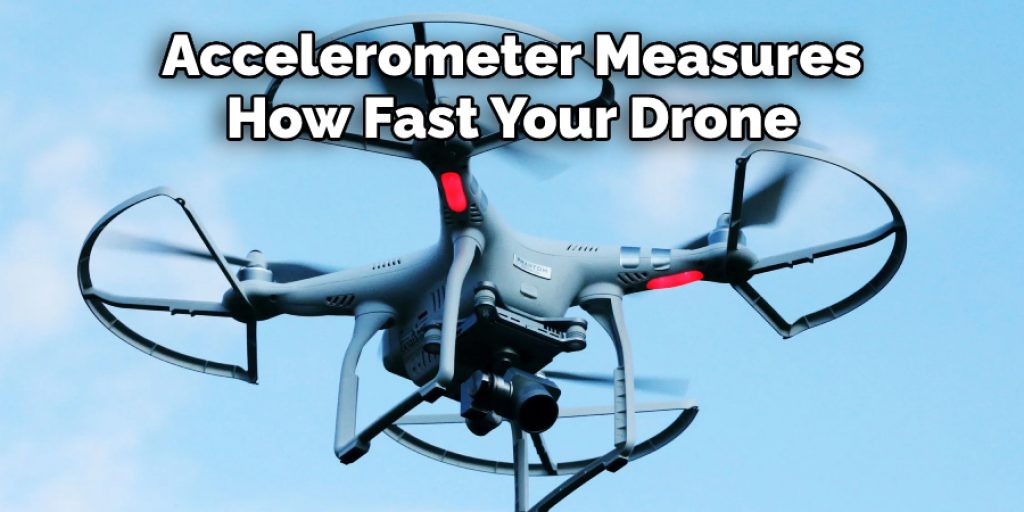
6. Calibrate the Barometer
The barometer is responsible for measuring changes in pressure and altitude. To calibrate this component, you need to find an open area with good GPS coverage and press the designated button on the remote. This will activate a self-calibration routine, taking data from how the drone moves and calibrating it accordingly.
7. Verifying Flight Performance
The last step is to verify that everything is working correctly by taking your drone for a test flight. Make sure all of the components are functioning properly, and adjust them if necessary. Once you have verified that the drone is flying correctly, you can be sure that your calibration process was successful!
That’s it! You’ve now learned how to calibrate a drone for optimal performance. Following these tips will help ensure that your drone operates safely and accurately, giving you the best flight experience possible!
Things You Need to Know Before Calibrate a Drone
Flying a drone is a fun and exciting creative experience, but it requires some research and understanding of the hobby before you take off. In addition, there are several key steps to consider to properly calibrate a drone correctly, such as ensuring the drone is in Airplane Mode and learning how to configure the drone’s controller.
Additionally, ensure your remote control’s display corresponds to the quadcopter’s orientation by adjusting its trim tabs; this helps the device fly smoothly without veering off course.
Lastly, when calibrating a drone for longer flights away from your actual location, you need to know about global navigation satellite systems that can assist in positioning and maintaining flight altitude. Accurately calibrating your drone will help ensure that your flying experience remains safe and successful trip after trip.
Benefits of Calibrate a Drone
Keeping a drone calibrated is essential to using it safely and efficiently. When a drone is properly calibrated, it can ensure that the software communicates properly with its various components, significantly reducing the chances of any technical issues occurring during flight.
Having a well-calibrated drone also increases accuracy in terms of navigation and precision performance, making it easier to create detailed aerial maps, survey land areas, and capture stunning cinematic shots from the sky.
Calibrating a drone before flying can also save lots of time and money in the long run, as critical components will remain in good condition for longer. With all these benefits in mind, it makes sense for anyone operating an unmanned aerial vehicle (UAV) to prioritize regular calibration to make sure their flights are successful each and every time.
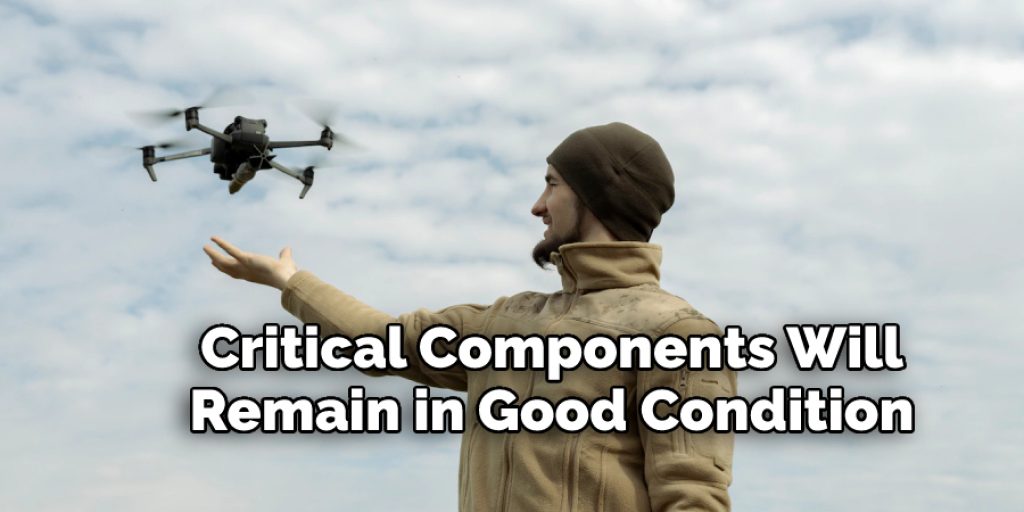
6 Common Mistakes People Make When Trying to Calibrate a Drone
1. Not Checking for Obstructions
One of the most common mistakes people make when trying to calibrate a drone is not checking for obstructions. Before calibrating your drone, be sure to remove any objects that may be in the way, such as furniture or other drones. Also, ensure that there are no people or animals in the area where you will be flying the drone.
2. Not Following the Instructions
Another common mistake people make when calibrating a drone is not following the instructions. Be sure to read the manual carefully before attempting to calibrate your drone.
Each type of drone is different and has its own specific calibration process. Attempting to calibrate your drone without following the instructions could damage the drone or injure yourself or others.
3. Not Having Enough Space
Another mistake people often make when calibrating a drone is not having enough space. You will need a large, open area to calibrate your drone properly. If you do not have enough space, you may not be able to complete the calibration process, or you may damage your drone.
4. Not Being Patient
Calibrating a drone can be time-consuming, and it is important to be patient when doing so. Rushing through the calibration process can lead to errors, which could damage your drone or injury yourself or others.
5. Not Checking for Updates
Before calibrating your drone, be sure to check for updates. Drone manufacturers often release new firmware updates that improve the performance of their drones. If a new update is available for your drone, install it before attempting to calibrate the device.
6. Not Checking the Battery Level
One final mistake people often make when trying to calibrate a drone is not checking the battery level. It is important to ensure your drone has enough power before beginning the calibration process, as some drones may shut down during calibration if the battery level is too low.
How Often Should a Drone Be Calibrated?
Drones are invaluable for surveying hard-to-reach places, measuring property lines, and delivering medical supplies. But these sophisticated machines must be calibrated to carry out their functions as accurately and effectively as possible.
The exact calibration frequency depends on several factors, including how often the drone is used, its surrounding environment, and the type of drone being operated.

Generally speaking, any drone should be calibrated at least once per month – or even more, depending on conditions – to ensure optimal performance. Regular calibration is essential for keeping drones functioning at their best.
Conclusion
Calibrating your drone is essential to ensuring its performance and safety while flying—fortunately, it’s quite easy!
By understanding how calibration works and following these simple steps (powering on the drone; placing it on a level surface; using appropriate software/app; taking a test flight), you can easily get your new or previously used drones ready for their next voyage! Thanks for reading our post about how to calibrate a drone.

